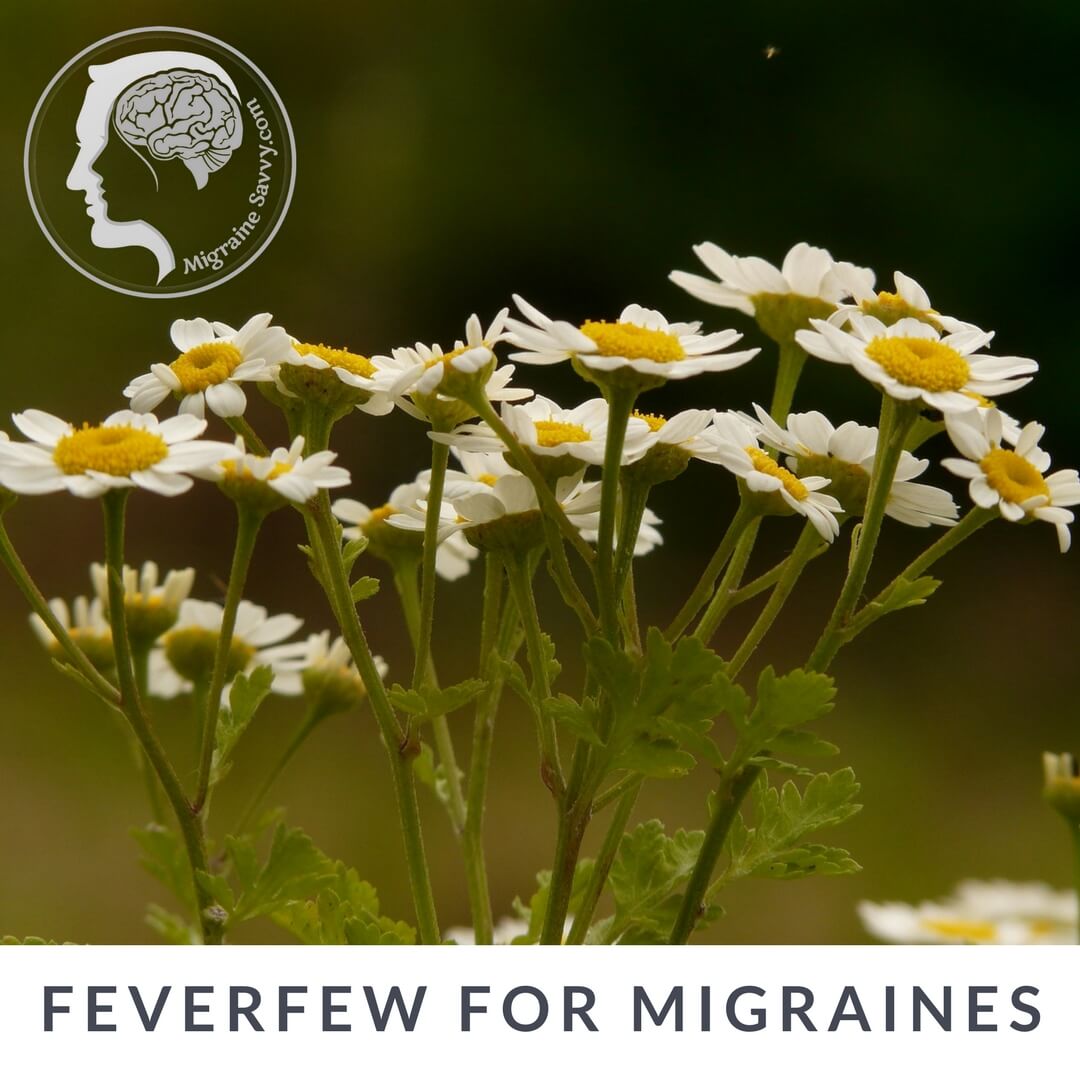Feverfew: Herb of Many Misconceptions
What follows is a brief discussion of some historical, botanical, and pharmacological aspects of feverfew (Tanacetum parthenium) as well as some of the misconceptions surrounding it.
Feverfew has had a long history of medicinal use. Steven Foster, one of America’s most eminent herbalists, points out in his excellent monograph on feverfew that Dioscorides, a first century Greek physician, recommended it over 1900 years ago. Foster further informs us that feverfew has been used throughout the world in various cultures in a number of other ways. It has been used as a carminative (relieves stomach problems–gaseous distention and flatulence), emmenagogue (substance which promotes menstrual discharge), tonic, vermifuge (expeller of parasitic worms), and anti-inflammatory agent for arthritis. It has also been used for the treatment of kidney pain, vertigo, and relief from morning sickness.
Parthenolide Content
A strongly aromatic perennial, feverfew bears a disc, or head, of strongly crowded bisexual yellow flowers with a single row of white ray florets. Two well-publicized British studies, one conducted at the City of London Migraine Clinic in collaboration with Chelsea College, and the other at Nottingham’s University Hospital, used material conforming to this description. Dried leaf, acquired from the Chelsea Physic
Garden with aparthenolide (a sesquiterpene lactone thought to be the active ingredient) at a concentration of 0.42%, was used in the London clinical trial. However, it should be noted that the parthenolide content varies in the three or four varieties available and that the greatest percentage of parthenolide is not to be found in the leaves of the variety chosen for the British studies but in a form (T. parthenium flosculosum) without ray florets.
Migraine Treatment
Both above-mentioned studies produced significant results. The London study featured a double-blind preliminary effort with 17 participants, all of whom were already feverfew users. The nine participants who received placebos all experienced significant increases in the frequency and severity of headaches, nausea, and vomiting. The Nottingham study was a randomized, placebo-controlled, double-blind, crossover study with more participants and of longer duration (nearly a year).
Participants (59 completed the study) consumed capsules of dried leaves (0.66% parthenolide), which weighed 40-114 mg., an amount approximately equivalent to two dried leaves. The consumption of feverfew resulted in decreases in the frequency and severity of migraines. The duration of the attacks, however, remained unaffected. Roughly 70% of the participants showed improvement. This compares very well with claims that only 50% of migraine sufferers benefit from pharmaceuticals.
Within the last decade, feverfew has been indelibly linked with migraine abolishment or amelioration. It will, no doubt, eventually gain a solid reputation for this as regulatory agencies put in place mechanisms to assure the quality of phytomedicinals, like feverfew, which have proven to be efficacious. The evidence for this therapeutic claim comes primarily from investigations done in the last decade in Britain where feverfew long ago became a mainstay of traditional folk medicine.
Bioactive Agent
The proof that parthenolide is the principal bioactive agent in feverfew is still scant. However, no feverfew product without parthenolide content has been shown to be effective in ameliorating migraine. Parthenolide has been found to reduce degranulation and the subsequent release of serotonin (5-HT, a neurotransmitter and vasoactive amine) from platelets. As serotonin release is thought to precipitate attacks due to cerebrovascular spasm, parthenolide has been accepted as feverfew’s main pharmacological agent.
Many other compounds have been discovered in T. parthenium. These include tanetin (a lipophilic flavonol), centaureidin, quercetagetin, apigenin, luteolin, and other bioflavonoids, some of which have been shown to have anti-inflammatory effects. As with ginkgo biloba and other phytomedicinals, feverfew’s chemical composition is complex and as the etiology of migraine is only poorly understood, it will be left to future research to explain feverfew’s capacity to reduce migraine attacks.
Cultivated vs. Wild Feverfew
Contrary to reports in some popular health magazines, there is no evidence that wild crafted feverfew contains more parthenolide than cultivated feverfew. Interestingly, the head florets contain as much as four times the amount of parthenolide as the leaf–the florets, however, have never been used as material in clinical trials.
Lastly, some manufacturers claim that either the leaf material must be consumed fresh or the extract produced must be freeze dried. They suggest that ordinary air drying renders the leaf useless. The fact that the material used in the Nottingham study was air dried casts doubt on this concern. True, prolonged storage under ordinary conditions does lead to significant parthenolide loss. People who buy feverfew in bulk may want to refrigerate it.
Long-Term Use
The long-term effect of prolonged feverfew consumption is still unknown. For this reason pregnant woman, small children, and nursing mothers should not use feverfew. In the London study of long-term users, approximately 12% of the participants developed minor ulcerations of the mouth. They chewed doses of the leaf regularly for at least three months before the trial. Therefore, it seems reasonable to curtail use after this period. Mouth ulceration may be a systemic effect and not due to contact dermatitis as consumption of encapsulated product did not reduce incidence of minor ulcerations. Canada’s HPB (Health Protection Branch) has advised people to continue consumption after four months only with the approval of their physician.
Read other interesting articles such as:







